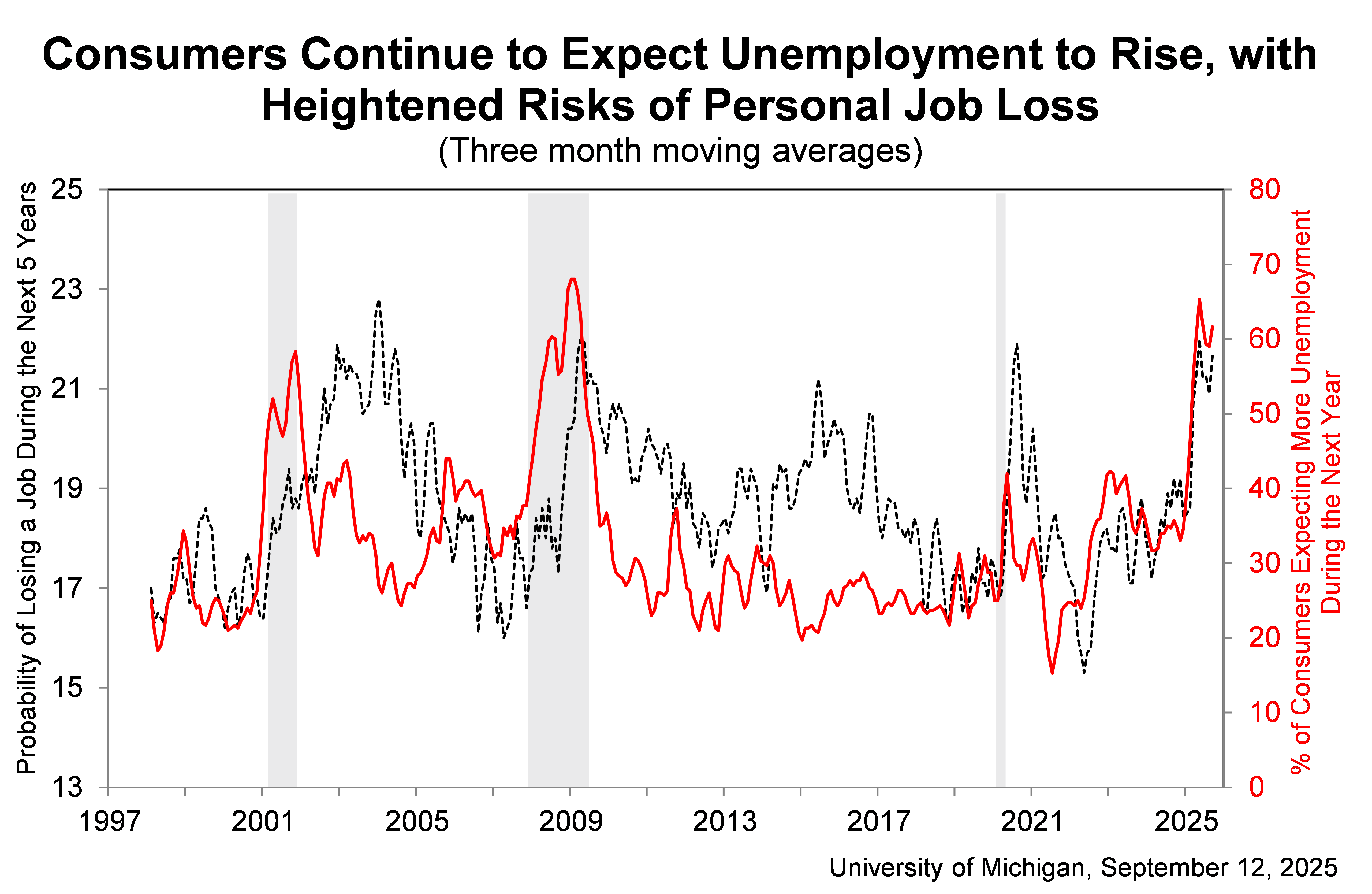Bitcoin adoption is accelerating as declining trust in institutions, rising government debt and worsening consumer confidence push individuals toward a neutral, permissionless store of value; Bitcoin price and adoption are likely to rise as people seek incorruptible hard money alternatives.
-
Declining institutional trust drives interest in Bitcoin adoption
-
Macro pressures — inflation, high debt, and unemployment fears — are increasing demand for digital hard money.
-
University of Michigan data: over 60% of surveyed consumers expect higher unemployment in 2026, supporting flight-to-safety behavior.
Bitcoin adoption: growing as trust in institutions falls — learn why investors are turning to BTC now. Read insights and prepare your strategy.
What is driving Bitcoin adoption and price momentum?
Bitcoin adoption is being driven by eroding trust in legacy institutions, rising government debt and consumer anxiety about inflation. These forces are encouraging capital to flow into permissionless, global assets like Bitcoin, which many view as a digital store of value independent from banks and governments.
How does the Fourth Turning theory relate to Bitcoin adoption?
The Fourth Turning framework — a generational-cycle theory developed by William Strauss and Neil Howe — posits systemic resets during prolonged crises. Market analyst Jordi Visser argues that such a reset reduces confidence in traditional systems and accelerates adoption of alternatives like Bitcoin. Short, clear evidence: consumer sentiment surveys show rapidly worsening confidence, which correlates with increased interest in decentralized assets.
Bitcoin commentator Jordi Visser explained on a major financial podcast that the average person has lost confidence in banks, employers and governments. That loss of trust underpins growing interest in a neutral financial layer not controlled by legacy actors.

Jordi Visser speaks to Anthony Pompliano on “The Pomp Podcast”. Source: Anthony Pompliano
Macro indicators supporting this thesis include record-high government debt and persistent inflation that erode purchasing power. As fiat currencies face downward pressure and consumer confidence weakens, interest in hard-money alternatives historically increases.
What recent consumer data supports rising Bitcoin adoption?
The University of Michigan consumer sentiment report shows sharp deterioration in outlook: only 24% expect spending to stay the same in 2026, while over 60% expect higher unemployment. These shifts are consistent with earlier 2025 trends and signal increasing demand for asset classes perceived as inflation-resistant.

The percentage of individuals expecting higher unemployment in 2026. Source: University of Michigan
Frequently Asked Questions
Will Bitcoin price rise because of lower consumer confidence?
Lower consumer confidence typically increases demand for assets viewed as safe stores of value. If large cohorts shift savings into Bitcoin, price pressure may rise, though timing and magnitude depend on liquidity and macro policy responses.
How should investors evaluate Bitcoin adoption risk?
Assess adoption signals (exchange flows, on-chain activity, institutional custody demand) and macro indicators (inflation, debt ratios, employment expectations). Diversify position sizing and prioritize secure custody to manage risk.
Key Takeaways
- Trust erosion fuels adoption: Declining confidence in banks, employers and governments is a primary driver for Bitcoin interest.
- Macro data aligns with thesis: University of Michigan sentiment and unemployment expectations point to increased demand for safe-haven assets.
- Actionable insight: Monitor macro indicators, on-chain metrics and institutional flows; secure custody before scaling exposure.
Conclusion
Bitcoin adoption appears set to continue as a reaction to weakening institutional trust and challenging macro conditions. Market analyst commentary and consumer-survey data support the view that investors will increasingly view Bitcoin as an independent store of value. Read ongoing reports and follow adoption signals to inform strategy.
